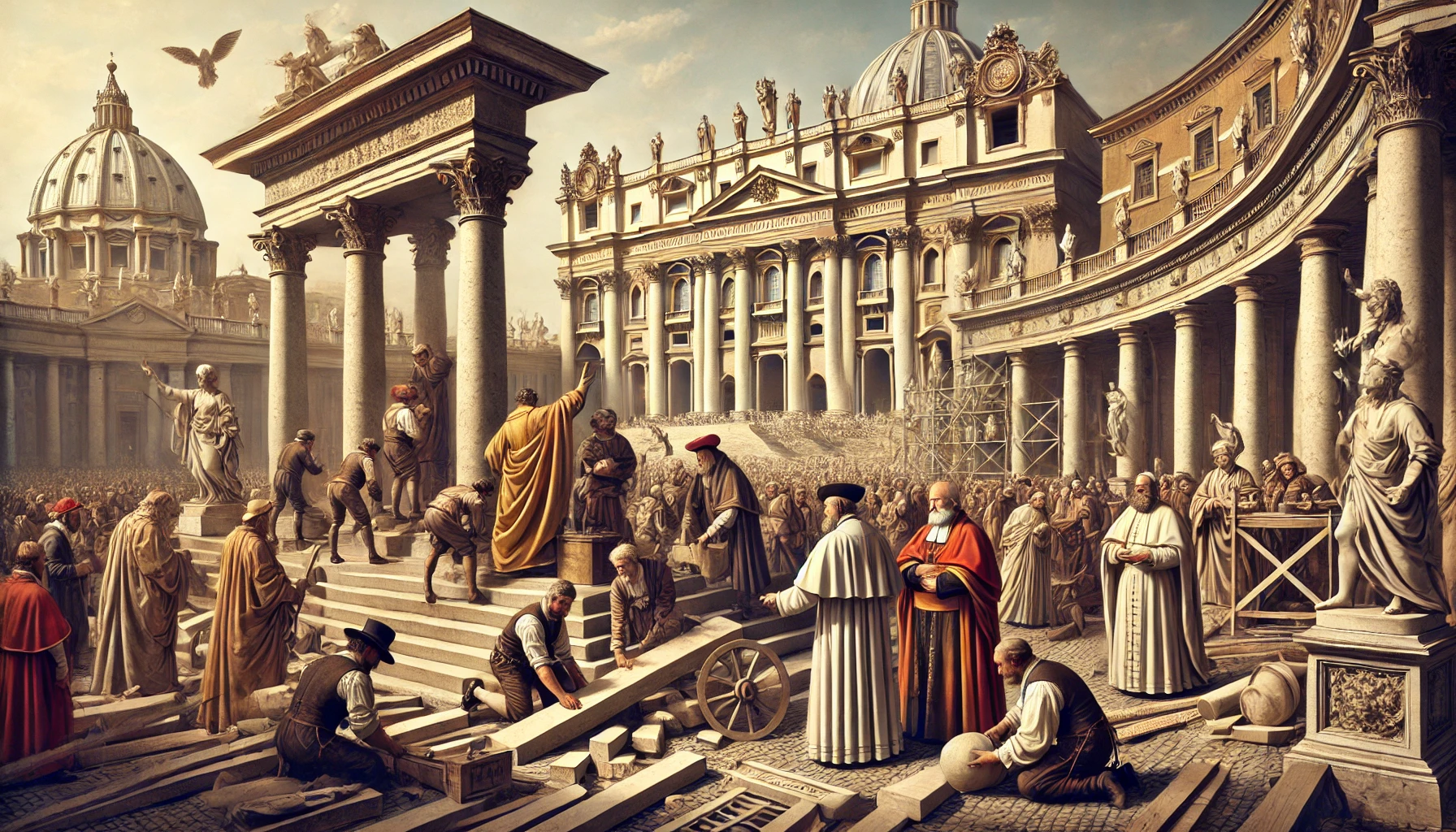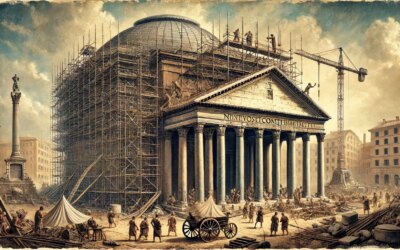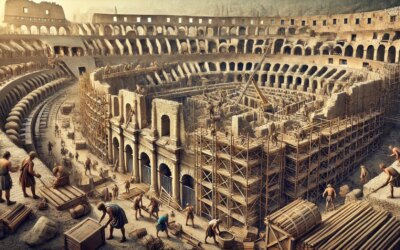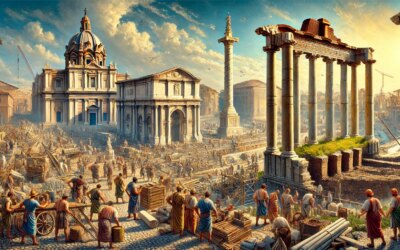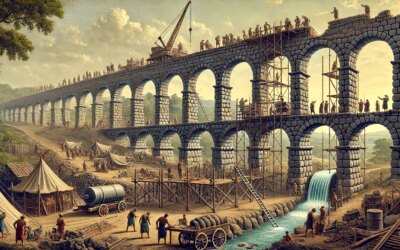Rome in the Baroque Era: A City Reimagined
The 17th century marked a turning point for Rome, as the city embraced the grandeur of the Baroque style. Under the patronage of the Catholic Church, art and architecture flourished, transforming Rome’s streets, squares, and basilicas into a breathtaking display of movement and splendor. At the heart of this transformation stood Gian Lorenzo Bernini, the mastermind behind one of Rome’s most iconic landmarks—St. Peter’s Square.
The Vision of Bernini
In 1656, Pope Alexander VII commissioned Bernini to redesign the space in front of St. Peter’s Basilica, which had been rebuilt by Michelangelo and later completed under Carlo Maderno. The challenge was immense: the square needed to accommodate thousands of pilgrims while maintaining a sense of unity and divine majesty.
The Design of St. Peter’s Square
Bernini’s solution was revolutionary. He designed a massive elliptical piazza, encircled by two grand colonnades that stretched outward like welcoming arms. The colonnade, composed of four rows of Tuscan columns, created a dramatic visual effect, drawing visitors toward the basilica. Above the columns, 140 statues of saints and martyrs were sculpted, reinforcing the spiritual purpose of the space.
At the center of the square, Bernini retained an ancient Egyptian obelisk, which had stood in the Vatican since the 1st century. He flanked it with two large fountains, enhancing the symmetry and elegance of the piazza.
The Baroque Spirit: Movement and Grandeur
St. Peter’s Square epitomized the Baroque ideals of movement, theatricality, and engagement with the viewer. Bernini’s design guided pilgrims through a carefully orchestrated experience, leading them from the bustling streets of Rome into the embrace of the Church.
The construction of the square took over a decade, involving hundreds of workers, artisans, and sculptors. The result was a space that was not only functional but deeply symbolic, embodying the power of the papacy and the Catholic Counter-Reformation’s emphasis on spectacle and devotion.
Bernini’s Legacy and Rome’s Baroque Identity
Bernini’s influence extended far beyond St. Peter’s Square. His fountains, churches, and sculptures reshaped Rome, turning it into the theatrical and immersive city we recognize today. His work remains a defining feature of Baroque Rome, drawing millions of visitors who marvel at its splendor.
Rome’s Enduring Baroque Grandeur
The transformation of Rome in the 17th century set the stage for its modern identity as a city of art, faith, and history. St. Peter’s Square remains one of the greatest architectural achievements of all time, a testament to Bernini’s genius and the enduring power of Rome’s Baroque vision.

